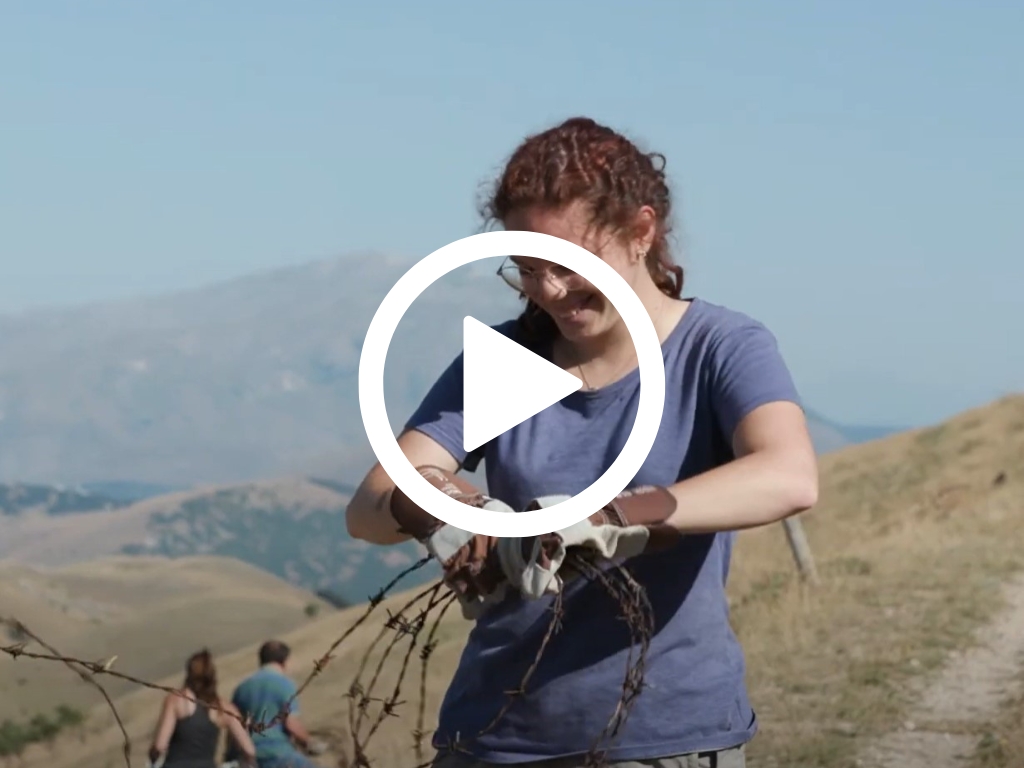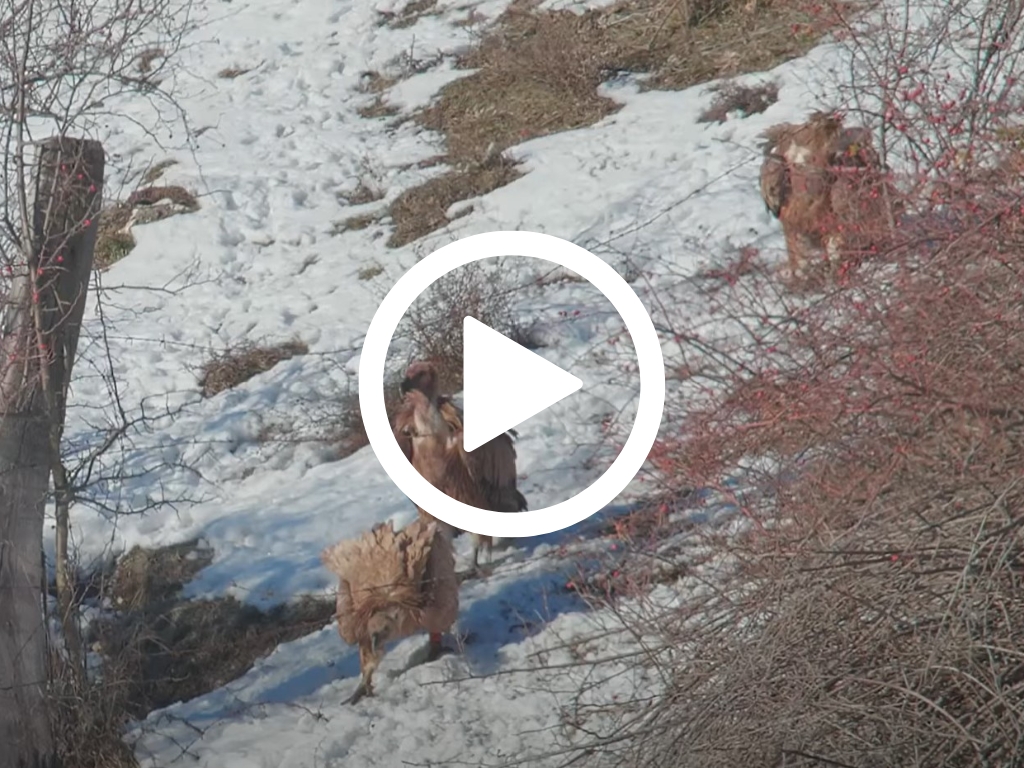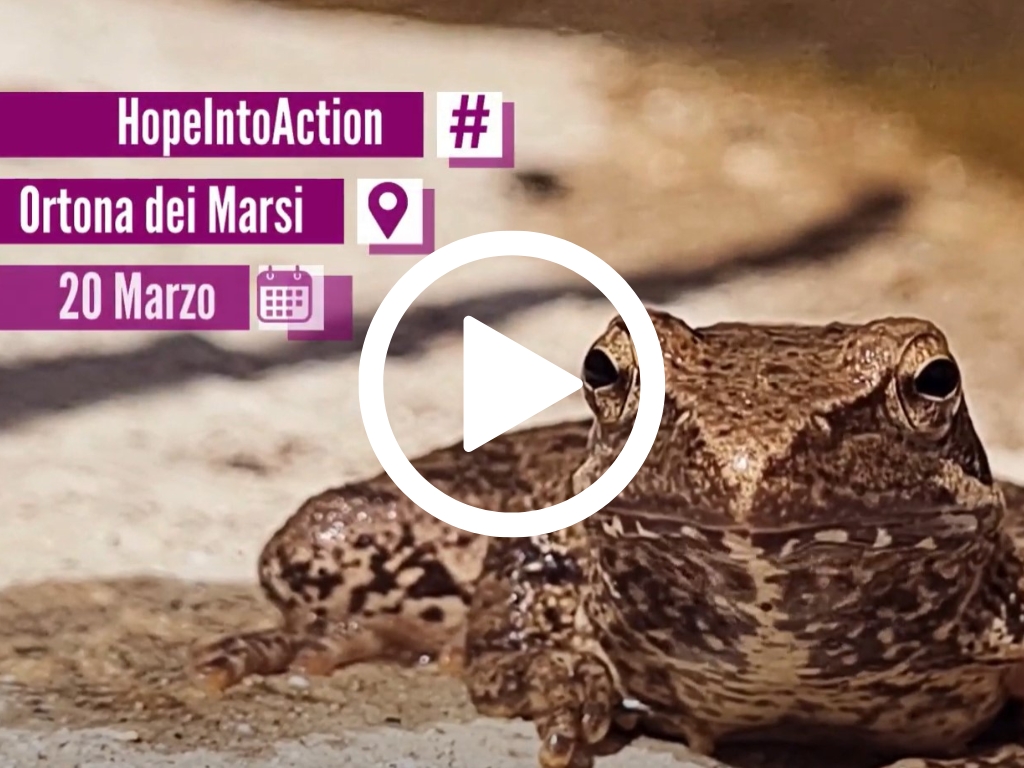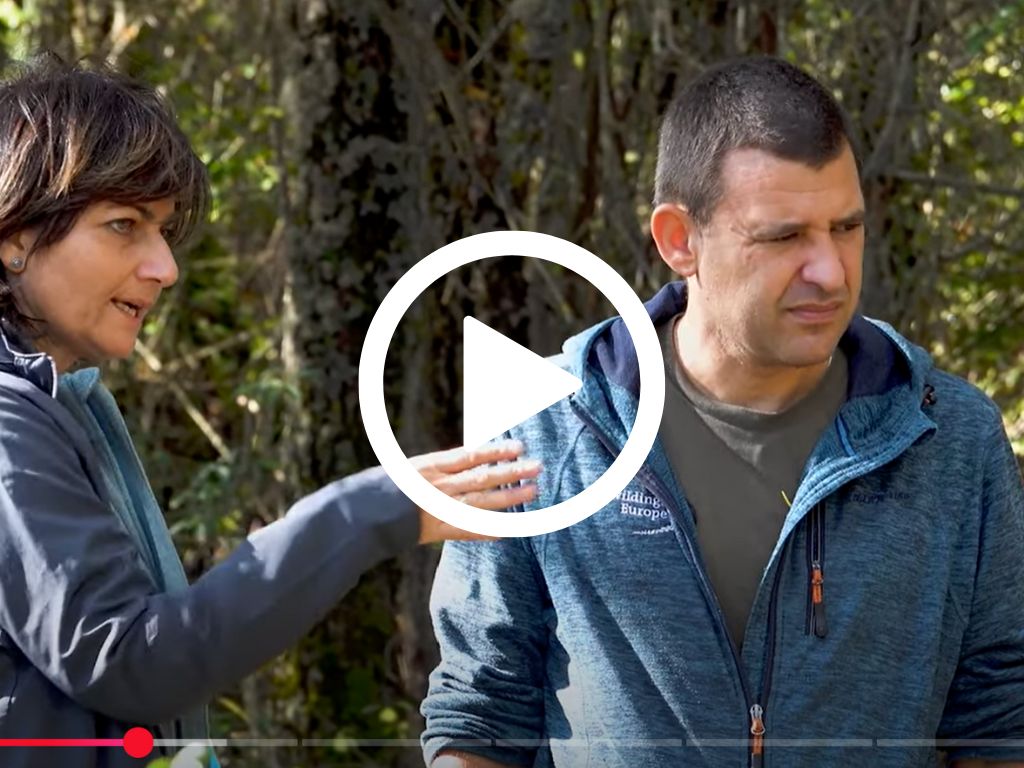Science helps us understand nature, yet its workings remain extraordinarily complex. Nature is dynamic, constantly evolving—a forest today may become a grassland tomorrow, and vice versa. Understanding and respecting these transformations is key to preserving vibrant, resilient landscapes in the face of environmental crises.
We may never fully grasp nature’s intricacies, but we can observe, learn, and recognize that the best guardian of natural processes is nature itself. When healthy, it gives back in countless ways—clean air and water, food and medicine, carbon storage, flood prevention, and even raw materials for construction.
Nature provides everything. Protecting it means protecting ourselves. The negative impact humans have had on ecosystems is not irreversible; it can be mitigated, allowing nature the space to regenerate.
In the heart of the Central Apennines, our commitment to environmental restoration takes shape through the removal of abandoned barbed wire, the cleanup of illegal dumpsites, and targeted interventions in river ecosystems to restore space for life to flourish.
Alongside this continuous effort, we carry out many other small yet vital actions to improve critical habitats for the species we work to protect, ensuring a healthier, more balanced future for all.




